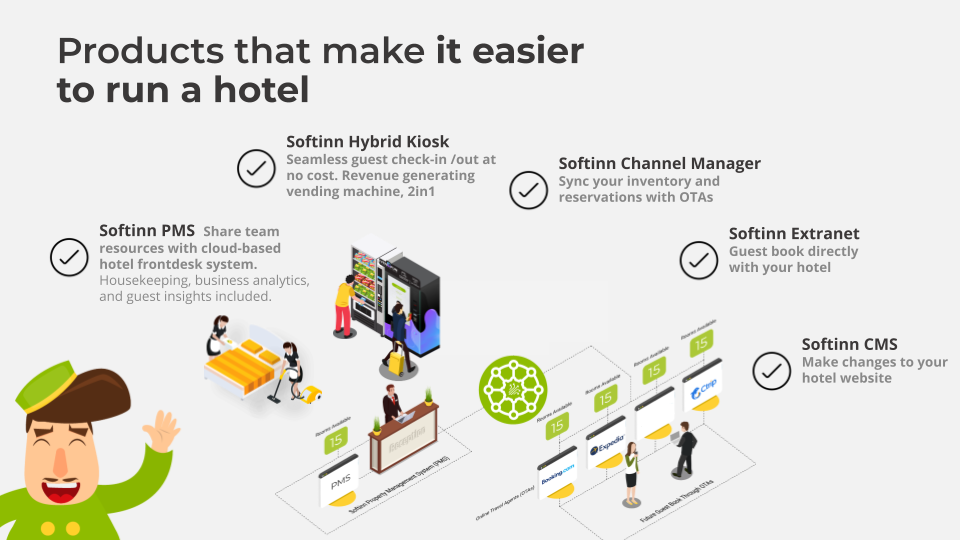As a part of a hotel’s revenue management strategy, overbooking has its pros and cons. While overbooking in the perspectives of a hotel industry aid in maximizing occupancy and revenue, it can also negatively ruin your brand causes a financial loss if it does not have a strategically planned.
Early check-outs, no-shows, and cancellations contribute to hotel losses while walk-in guests and those who overstay increase its revenue. These are the reasons hotels overbook, to minimize losses and maximize revenue.
How hotel overbook?
Before you overbook, consider these steps:
- Evaluate your hotel’s and OTA’s contract;
- Observe your daily reservations data;
- Acknowledge where cancellations arise;
- Calculate your hotel’s ratios for no-show and cancellation; and
- Identify how many rooms you can overbook.
Implemented overbooking policy and control to find the optimal number of overbooking to maximize revenue and minimize the risk of denied service. One finding concludes that “the optimal overbooking level is oppositely related to the number of cancellation charges applied; the closer the cancellation charge to the room rate, the lower the missed benefit from the unoccupied room and the fewer tendency to overbook.”
In another study, hotels may on average experience a no-show rate between 5-15%, in which overbooking will occur by 15%. The hotel is losing profit if less overbooking takes place, but the opposite will leave a bad reputation for your hotel.
When setting overbooking limits, consider the following factors which depend on the customer segmentation and the intended length of stay (LOS):
- Probabilities of no-show and cancellation;
- Room demand distribution over time;
- Conditions of the LOS; and
- Stay extension probabilities influenced by the intended LOS.
Handling an Overbooking Situation
Overbooking can be a nightmare for hoteliers, and most importantly, your valued guest. To handle overbooking, it is necessary to prepare your staff with a well-managed plan.
- Make sure you have a set of hotel listings when you need to walk your guests.
- Identify which guest you have to walk.
- Create a Guest Recovery Plan. Acknowledge your guest’s inconvenience and value their loyalty by paying for a taxi, reward them, and attach a signed apology letter.
Do not act ahead of time. It is crucial to acknowledge your rate of no-show and cancellation. Hoteliers from every related department need to take notice of how many no-shows and cancellations usually take place.
Managing OTAs and Bookings
Having a Channel Manager permits you to manage the inventory and rates across multiple OTAs, but all the details entry and bookings still need to be done manually. Cloud-based hotel management systems that come with two-way real-time connectivity between your hotel reservations and the Channel Manager reduces your hotel overbooking problems. It lets you know how many rooms available for sale by updating your inventory across multiple OTAs.
To conclude, specify your no-show and cancellation ratios based on accurate guest data, decide how much risk to take, and develop a strategic plan to manage an overbooking scenario. A well-managed overbooking strategy will increase your hotel’s revenue while satisfying your guests!










